Simple value chain analysis tool
Empower your business, facilitating organization-centric value chain analyses like never before with our free and easy-to-use diagram maker.
An easy-to-use tool with many templates
Rich templates and technical symbols
EdrawMax has a vast collection of pre-made templates and specialized technical symbols. Integrate industry-specific elements into your analyses to enhance clarity and precision. Simplify complex concepts and expedite the creation process while ensuring your value chain analysis is comprehensive and tailored to your organization's needs.

Secure cloud storage and advanced integration
Collaborate and access your value chain analyses from anywhere, with the added convenience of Google Drive integration. Rest easy knowing your data is safeguarded by the highest level of SSL certification, ensuring top-tier security for your valuable information.
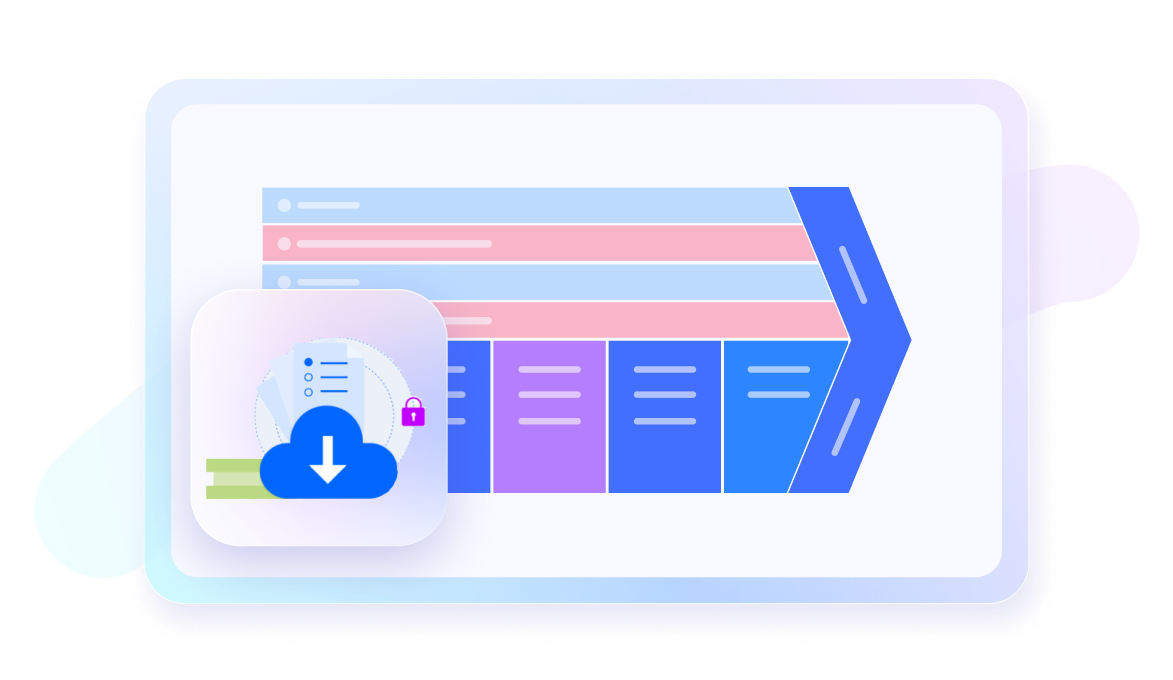
Ask EdrawMax AI for help
Explore the future of value chain analysis with EdrawMax AI. Engage with this AI tool to have dynamic conversations, gain insights, or even make diagram analysis. Your value chain strategies would be more effective with this built-in AI chatbot.
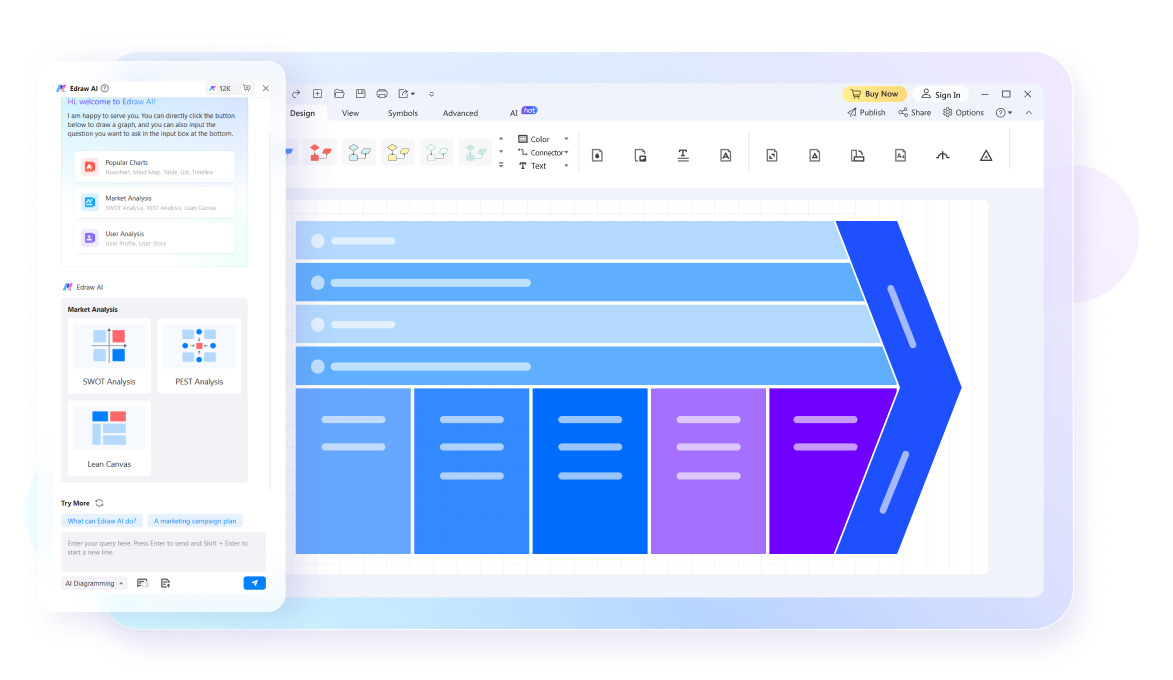
Streamline analysis with drag-and-drop ease
Experience hassle-free diagram creation with EdrawMax's user-friendly interface. You can finish your value chain diagram without technical knowledge with drag-and-drop functions. With the auto-formatting features, you don't have to worry about arranging your elements.
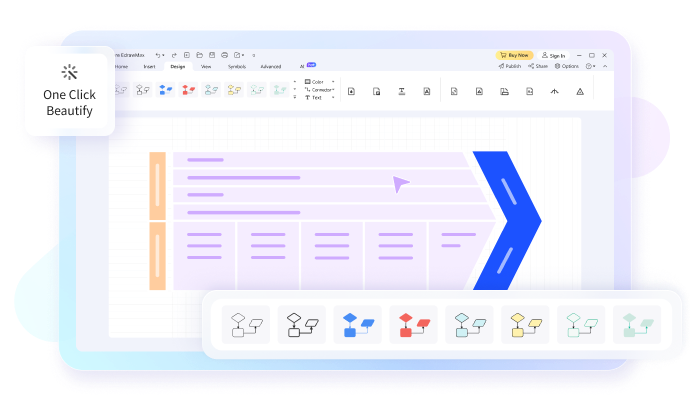
Value chain analysis tool for everyone

Business Analysts
Identify areas of improvement in companmy operation to streamline processes and reduce costs.

Marketing Managers
Understand the sources of competitive advantage and identify opportunities.

Supply Chain Managers
Optimize the flow of goods and services from raw materials to the end consumer.

Financial Analysts
Assess companies' financial performance and cost structures.

Operations Managers
Enhance the production process and improve supply chain management.

Environmental Consultants
Identify environmental impacts throughout a product's lifecycle.
Why teams choose EdrawMax?
Seamless Teamwork
EdrawMax facilitates real-time collaboration, allowing team members to work together on diagrams and share feedback instantly, fostering teamwork, and accelerating project progress.
Enhanced Efficiency
With its intuitive interface, pre-made templates, and extensive symbol libraries, EdrawMax enables teams to create professional-quality diagrams quickly, saving time, reducing effort, and increasing productivity.
All in One
EdrawMax allows for making 210+ types of diagrams including flowcharts, mind mapps, Gantt charts, timelines and more, streamlining workflows and eliminating the need for multiple software, enhancing convenience.
Improved Communication
Use visually compelling diagrams to convey complex ideas, facilitating clear and concise communication within teams and with stakeholders, boosting understanding and decision-making processes.
Do value chain analysis on EdrawMax
Five steps to do a value chain analysis
-
Identify primary activities
 List all primary activities in your business, from inbound logistics to marketing and sales.
List all primary activities in your business, from inbound logistics to marketing and sales. -
Clearify support activities
 Identify supporting functions like HR, technology, and procurement that facilitate primary activities.
Identify supporting functions like HR, technology, and procurement that facilitate primary activities. -
Analyze costs and value
 Assess costs associated with each activity and determine how they contribute to value creation or differentiation.
Assess costs associated with each activity and determine how they contribute to value creation or differentiation. -
Evaluate competitive advantage
 Identify activities where your company excels or lags behind competitors to pinpoint competitive advantages or weaknesses.
Identify activities where your company excels or lags behind competitors to pinpoint competitive advantages or weaknesses. -
Optimize and implement
 Develop strategies to optimize cost-effective activities and leverage strengths while addressing weaknesses for enhanced value delivery and competitive positioning.
Develop strategies to optimize cost-effective activities and leverage strengths while addressing weaknesses for enhanced value delivery and competitive positioning.
What our users say
Explore more diagrams
FAQs about value chain analysis software
-
What is an example of a value chain application?An example of a value chain application could be a manufacturing company analyzing its production and logistics process from raw material sourcing to product distribution to customers.What is the tool for value chain analysis?EdrawMax is the best value chain analysis software. It facilitates creating, visualizing, and analyzing value chain processes.What is the SCM value chain system?The SCM (Supply Chain Management) value chain system encompasses the activities involved in sourcing, production, distribution, and customer service.Is the value chain a tool?Yes, the value chain is a tool used to analyze and visualize the sequence of activities.What are the five primary activities of a value chain?The five primary activities of a value chain are inbound logistics, operations, outbound logistics, marketing and sales, and customer service.What is Porter's value chain analysis?Porter's value chain analysis is a framework for evaluating a company's internal activities to identify sources of competitive advantage and optimize operational efficiency.What are Porter's 3 generic strategies?Porter's three generic strategies are cost leadership (being the low-cost producer), differentiation (offering unique products or services), and focus (targeting a specific market niche).What are the three types of value chain?The three types of value chains are the industry value chain, the firm-level value chain, and the global value chain. Each focuses on different aspects of value creation and delivery.Why do we need a value chain analysis?Value chain analysis helps organizations understand their internal operations, optimize processes, identify sources of competitive advantage, and make informed decisions to enhance efficiency and profitability.

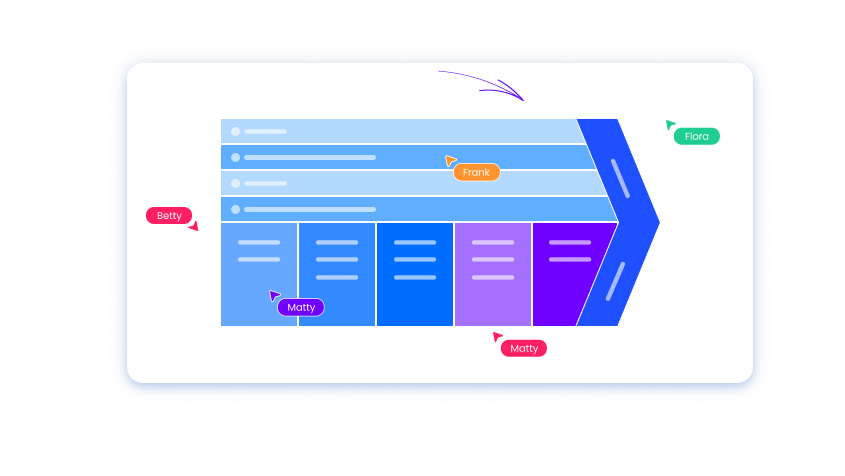

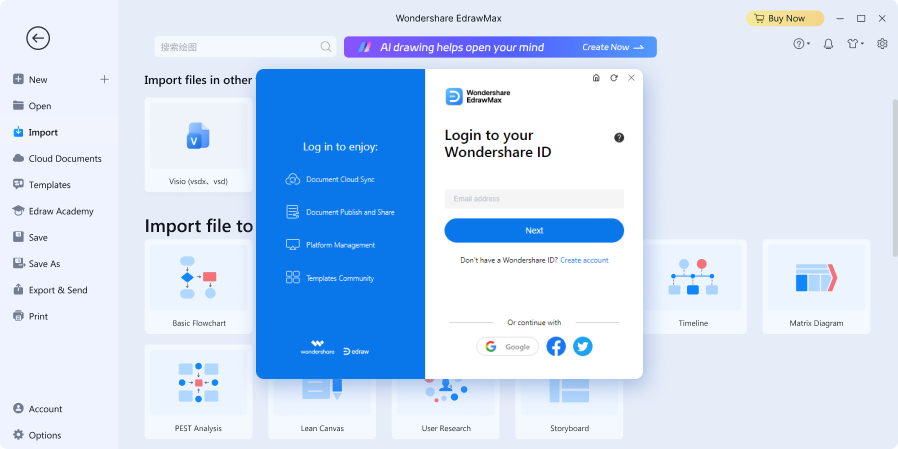
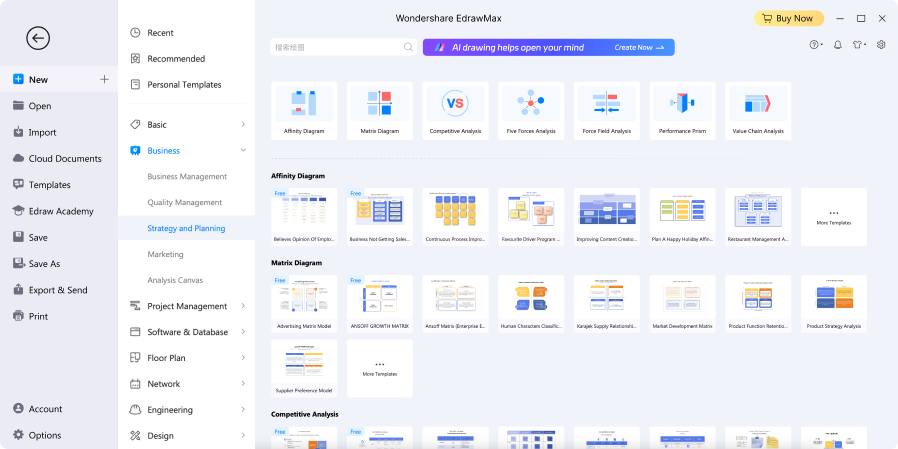
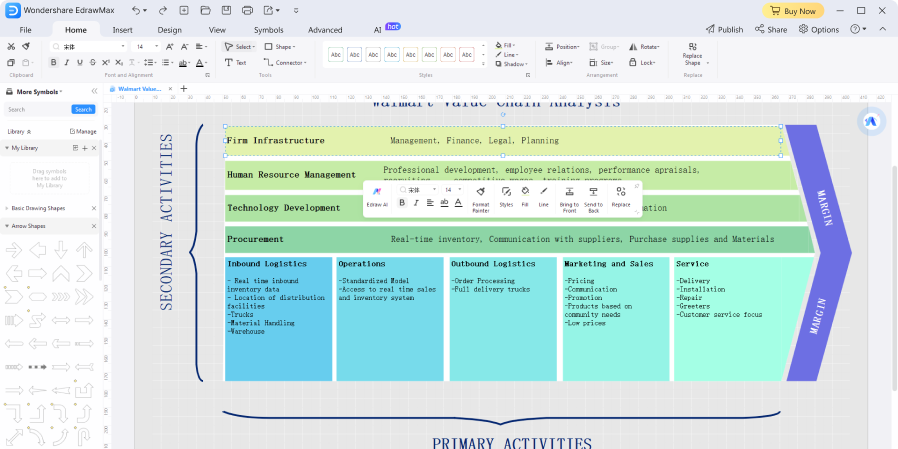
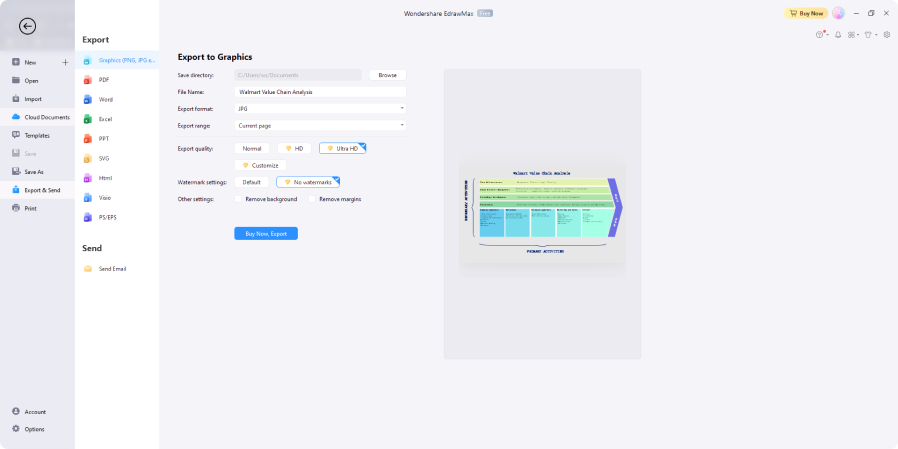









Types of value chain analysis